Articles
Starbucks Success Story
Published
7 years agoon
By
Alveer
Starbucks Success Story
Coming from a poor working class family- Howard D. Schultz, the CEO of Starbucks transformed his life by establishing his company into the world’s biggest coffeehouse company.
Schultz was born on July 19, 1953, in Brooklyn, New York, in a poor family. His father was a former US Army trooper and then a truck driver.
His childhood was spent around poverty, Schultz lived in a neighbourhood with low-income families. Schultz witnessed his father struggling for money. At the age of seven, his father injured his leg at work and had no medical insurance, so the financial strain on the family left Howard scarred with terrible memories of his childhood. “I saw my father losing his sense of dignity and self-respect. I am sure that this was caused mostly by the fact that he has been treated as an ordinary working man.” – Howard Schultz recalls.
In high school, Howard played football that earned him an athletic scholarship for Northern Michigan University.
Upon starting college, Schultz realised he did not want to play football and chose to major in communications. To pay for school he took out student loans, worked as a bartender and also sold his blood for money a couple of times.
After graduation, the future entrepreneur spent three years working as a sales manager at Xerox, then joined Hamamaplast a Swedish company.
The company sold various home appliances that included selling coffee machines to Starbucks.
Starbucks caught Howard’s attention when it placed an order for a large number of coffee machines, this led him to fly to Seattle to meet the owners, Gerald Baldwin and Gordon Bowker.
After a year of constant persuasion, the Starbucks owners hired Howard as the director of retail operations and marketing. At the time there were only three Starbucks stores.
The trip that changed Starbucks and Schultz’s career was his trip to Milan to attend an international housewares show. While exploring the place he came across small coffee shops, where the owners developed personal relationships with their customers, even calling them by their given names while serving them cappuccinos and cafe lattes.
In 1985, Howard quit Starbucks as his Italian based coffee experience idea was rejected by the two founders. He then went on to create his own coffee company called ‘Il Giornale’ Italian for ‘The Daily.’
Howard Schultz remarks, “Only those who go by unexplored roads, creating new industries and new products, can build a strong, long-lasting company and inspire others to achieve great results.”
Over $1.6 million was required to get Il Giornale up and running. Schultz describes his struggle “In the course of the year I spent trying to raise money, I spoke to 242 people, and 217 of them said no,” he wrote. “Try to imagine how disheartening it can be to hear that many times why your idea is not worth investing in. … It was a very humbling time.”
He spent two years replicating the coffee culture he had experienced in Italy, at Il Giornale. In August 1987, Starbucks was purchased by Il Giornale for $ 3.8 million.
Starbucks became a public company in the year 1992. In June of the same year Starbucks sold its shares on the New York Stock Exchange for $ 14 a share, the price rose up to $ 33 in just one day.
To retain the quality and to give customers perfect coffee, in 2008, Schultz closed over 7,100 Starbucks stores to retrain the baristas on how to make the perfect espresso. The next two years the company did a massive turnaround, in 2010 the profits tripled from $ 315 million to $ 945 million.
Starbucks now has an annual sales of over $16 billion. Schultz net worth also rose to $ 3 billion. Once Schultz said, “I cannot offer you any specific secret recipe for success, the perfect plan, how to reach the pinnacle of success in the business. But my own experience suggests that starting from scratch and achieving much more than what I dream about is quite possible”.Starbucks now has an annual sales of over $ 16 billion. Schultz’s net worth also rose to $ 3 billion.
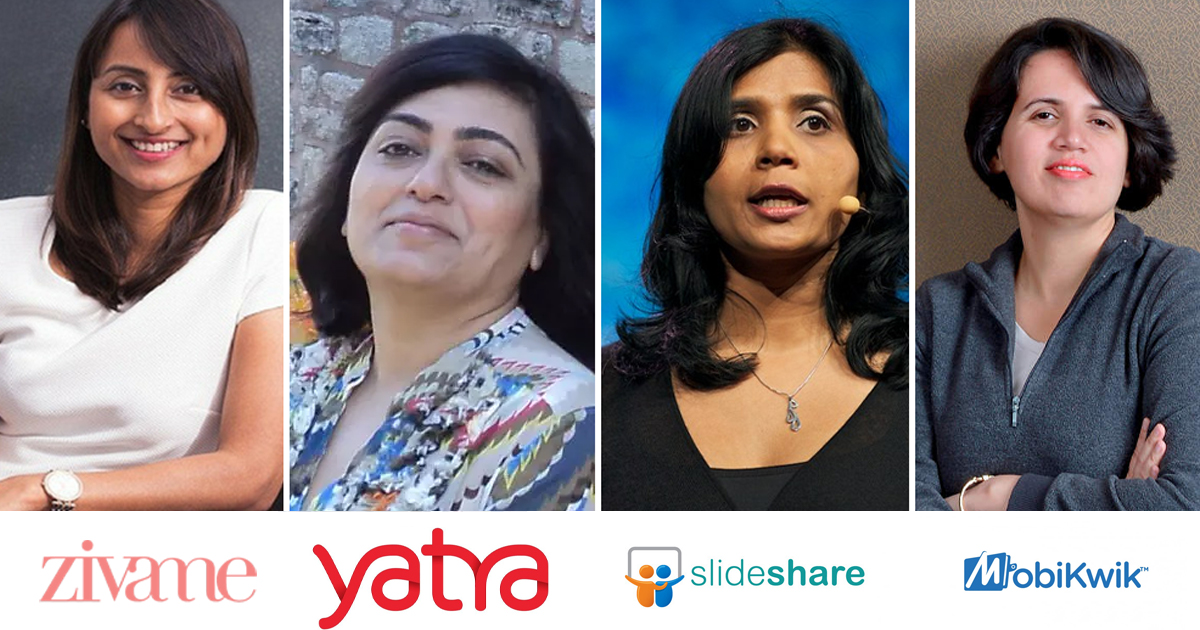
The workplace has undergone massive changes in the last century. At the turn of the Industrial Revolution, any workplace was dominated by men while the women were delegated to run the homes. However, with the advent of the internet and new and exciting technologies, workplaces have undergone a tectonic shift. Women are no longer comfortable staying at home and are instead opting to lead teams and organisations. As every year passes, we get closer to true gender equality, women have proven time and again that they are equally capable to get the job done if not better in some instances. Names like Wolfe Herd (Bumble founder,) Kylie Jenner (Kylie Cosmetics founder,) Masaba Gupta (Masaba clothing label founder) are just some of the names who are known for leading world famous brands with their unique style of leadership.
As the world celebrates International Women’s Day, we bring to you five women founders who run world famous and successful startups.
1) Upasana Taku-MobiKwik
If you are an Indian and are used to doing online shopping, more often than not at the time of payment, you would be directed to a payment gateway. One of these gateways would normally be MobiKwik. The startup is a well known name in the digital payments and digital wallet space. MobiKwik was founded by Upasana Taku in 2009, who prior to founding MobiKwik used to work with PayPal. Today Upasana Taku is also in charge of bank partnerships, business operations, and talent acquisition at MobiKwik.
2) Richa Kar-Zivame
An enthusiastic MBA student, Richa Kar, developed an online lingerie shopping platform in the year 2011. Currently, Zivame is India’s leading online lingerie store with a valuation of more than $ 100 million. The brilliant idea for her own lingerie business came to light when Richa tracked Victoria’s Secret’s sales, who was one of her clients when she was working at SAP. She observed the lingerie sales figures reached peaks overseas but, Indian women were not provided with the similar innerwear. While Richa was studying the Indian lingerie market, she realized the social embarrassment in India surrounding lingerie shopping. Today Richa Kar could be credited with destigmatising the uneasiness surrounding lingerie shopping in India.
3) Falguna Nayar-Nykaa
After a long stint as an investment banker, Falguni Nayar founded Nykaa.com in the year 2013. An online one stop shop for beauty products from Indian and international brands, Nykaa changed the world of online shopping. Who would have ever thought buying makeup online would be so easy? Falguni Nayar proved many critics wrong and created a brand new place for people who love experimenting with styles, designs and colors.
ALSO READ: Zivame: Founding Story
4) Sabina Chopra-Yatra.com
Yatra.com is a popular Indian website for making flight and hotel bookings. Sabina Chopra was instrumental in identifying the potential for travel commerce in India and people moving towards cheaper or easier travel. By the time, people started looking to make bookings, Sabina made sure Yatra.com was already in place. Sabina was the former Head of India Operations of eBookers, which is also an online travel company based in Europe. Along with this, she was also working with Japan Airlines which further adds to her experience in the travel industry.
5) Rashmi Sinha-SlideShare
SlideShare allows people to upload and access their presentations online. While this feature is presently available everywhere, SlideShare was one of the first players in making this happen. Rashmi Sinha was one of the founders of the presentation sharing platform SlideShare. The company became so successful that in 2012, LinkedIn acquired the company for an amount of $100 million.
Let us know in the comments if you know any other wonderful women who have become leaders of their right or have started up and are doing extraordinary things. We at Startup Stories wish a wonderful Women’s Day to all the women in the world who are changemakers.
Articles
Why Are Ads On Digital Media Failing To Reach The Right Audience?
Published
5 years agoon
March 1, 2021
If you are a regular user of social media platforms and also a fan of consuming content on the digital medium, then there is a very high likelihood that you have seen ads on pages you are reading or watching something. There would be times when you have been targeted by an ad which feels like it was wrongly targeted at you. Imagine if you are a vegetarian by choice and while browsing online, if you are targeted by a food delivery app which shows ads about chicken dishes. The ad would only serve to spoil the mood of the online user instead of serving its actual purpose which is to push the user to buy a chicken dish.
These wrongly targeted ads might be the side effects of performance marketing or a weak brand marketing. Performance marketing means advertising programs where advertisers pay only when a specific action occurs. These actions can include a generated lead, a sale, a click, and more. Inshort, performance marketing is used to create highly targeted ads for a very specific target audience at a low cost. Performance marketing usually means high volume for a very specific cost.
Brand marketers on the other hand believe in narrowly defining target audiences but end up spending a lot of money on ad placements. Gautam Mehra, CEO, Dentsu Programmatic India & CDO, Dentsu International Asia Pacific said, “You’ve defined a persona, you know the emotions you want to elicit, but then you buy a YouTube masthead and CricInfo sponsorships because IPL is up. If brand advertisers look at audience-based buys more deeply than just placements, you will see more relevant ads (sic.)”
ALSO READ: How Digital Marketing Is Impacted Due To The COVID-19 Pandemic
Performance marketing is more of a sales function rather than a marketing function and is about meeting the cost of acquisition. This is a reason why budgets are usually high for performance marketing. Mehra goes on to add, “the fact is that an engineer can out-beat FMCGs on performance marketing. Advertisers who have cracked this are spending 10x and are on an ‘always on’ mode (unlike time-bound brand campaigns.)”
There is always the case of supply and demand, with the supply usually exceeding the demand on digital platforms. Ultimately, it boils down to the choice between no ad versus low relevance ad and it is quite easy to guess that having a low relevance ad is better.
Arvind R. P., Director – Marketing and Communications at McDonald’s India (West and South,) said “McDonalds’ for instance, has seen its share of spends on digital grow from 20% levels a couple of years back to over 40% at present. Outcomes of this journey have been encouraging, proven by our media-mix-modelling and other key metrics. We have seen best results from an optimal mix of Television plus digital (sic.)” Moreover, Arvind also believes performance marketing only approach could turn out to be more suited to short term, versus a more consistent full funnel effort. The latter ensures adequate emphasis on building consideration, as well as growing transactions. Arvind feels digital is a complex medium which needs investment in the right talent who could use the right tools. Brands which underestimate the need for the investment are often disappointed from the return on investment from the digital medium.
With the constantly changing consumer dynamics marketers are now shifting to unscripted marketing which frankly needs more insights into the consumer mindset. The lack of marketers to do the proper research is why digital medium is plagued with irrelevant ads.
Articles
From Unicorn To Bankruptcy; Knotel Bears The Brunt Of COVID-19 Pandemic
Published
5 years agoon
February 8, 2021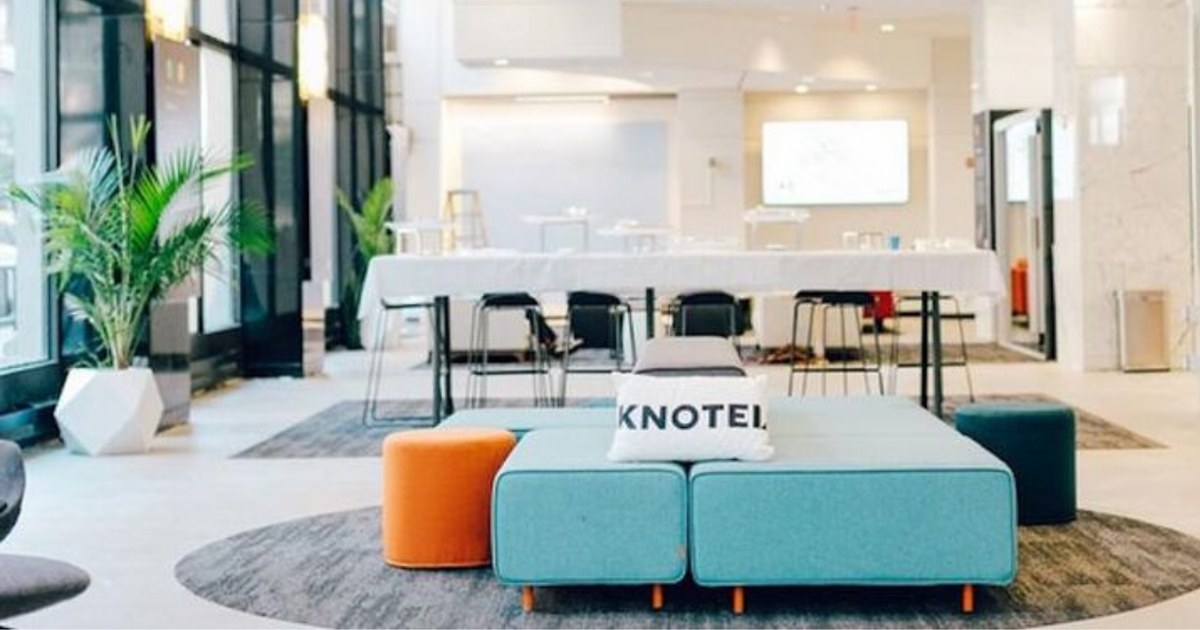
It is no secret that in the fast paced world of startups, fortunes can change at the snap of fingers. Sometimes startups tend to scale so quickly that they become unicorns and sometimes the fortunes reverse so quickly that a startup can immediately go bankrupt from being a unicorn. The latter was the case for an American property technology startup Knotel, who are now bankrupt due to the disruptions by the COVID-19 pandemic.
Knotel is a property technology company quite similar to WeWork. Knotel designed, built and ran custom headquarters for companies which It manages the spaces with ‘flexible’ terms. Knotel does a mix of direct leases and revenue sharing deals. Knotel marketed its offering as ‘headquarters as a service’ or a flexible office space which could be customized for each tenant while also growing or shrinking as needed. For the revenue-share agreements, Knotel solicits clients, builds out offices, and manages properties, and shares the rent paid to it by the client with the landlord. This model is the majority revenue generator for Knotel.
In March 2020, just before the COVID-19 pandemic unleashed its economic destruction on the world, Knotel was valued at $ 1.6 billion. What is even more interesting is Knotel raised $ 400 million in Series C funding in August 2019 which led to its unicorn status. However, with the COVId-19 pandemic and its consequent lockdowns and curfews by various governments across the world, startups and businesses shifted to a remote working model. This in turn led to startups pulling out of Knotel properties to cut down on working costs.
ALSO READ: Quibi : Startup With A Billion Dollar Launch To Shutting Down All In Six Months
In late March 2020, according to Forbes, Knotel laid off 30% of its workforce and furloughed another 20%, due to the impact of the coronavirus. It was at this point that Knotel was valued at $ 1.6 billion. The company had started the year with about 500 employees. By the third week of March,Knotel had a headcount of 400. With the cuts, about 200 employees remained with the other 200 having either lost their jobs or on unpaid leave, according to Forbes.
In 2021, Knotel filed for bankruptcy and agreed to sell its assets to Newmark, one of their investors for a total of $ 70 million dollars. As work culture is still undergoing changes as a consequence of the COVID-19 pandemic and with many companies realising that remote work model saves costs and improves work efficiency, the flexible workspace sector would continue to face challenges. Knotel is just the tip of the iceberg and is a warning call for the flexible working spaces industry.
Recent Posts
- Indian Man Quits JPMorgan, Takes 70% Pay Cut to Launch $6 Million Startup
- Zerodha Reports 23% Profit Decline in FY25 as Revenues Miss Target
- Zoho Pay Debuts as India’s New UPI Challenger, Taking on PhonePe, Paytm, and Google Pay
- Meta Expands AI-Powered Reels Translation to Hindi and Portuguese, Enhancing Global Creator Reach
- Dunzo’s Collapse: Reliance’s ₹1,645 Crore Loss Signals Challenges in India’s Hyperlocal Delivery Market
- Zoho Arattai vs WhatsApp: 5 Reasons India’s Homegrown Messenger Is Winning in 2025
- BMW’s New Logo Debuts Subtly on the All-Electric iX3: A Modern Evolution
- iPhone 17 India Price, Features & Availability: All You Need to Know
- Apple’s iOS 18.7 vs iOS 26: Which Update Should You Choose for Your iPhone in 2025?
- Deep-Tech Startup EndureAir Raises INR 25 Crore from IAN Alpha Fund to Boost Drone Innovation
- Venture Catalysts Raises Rs 150 Crore to Boost Multi-Stage VC Platform and AI Capabilities
- U.S. AI Startup Anthropic Expands Global Ban to Tackle Chinese Tech Influence
- Apple Achieves 13% Growth in India with $9 Billion Sales and New Flagship Stores in FY25
- OYO Achieves Record Profitability in FY25 with Deferred Tax Boost and New Corporate Identity
- MPL to Lay Off 60% of India Workforce Following Online Gaming Ban
- NCLT Approves Amalgamaxtion of Info Edge Subsidiary Makesense with PB Fintech
- Larry Page: The Visionary Co-Founder Behind Google’s Global Success
- Meet the 13 Deeptech Startups Empowered by BIGShift Accelerator in India
- ShareChat Appoints Neha Markanda as CBO
- Pune’s SuperGaming Secures $15M to Expand in Emerging Markets

Indian Man Quits JPMorgan, Takes 70% Pay Cut to Launch $6 Million Startup

Zerodha Reports 23% Profit Decline in FY25 as Revenues Miss Target


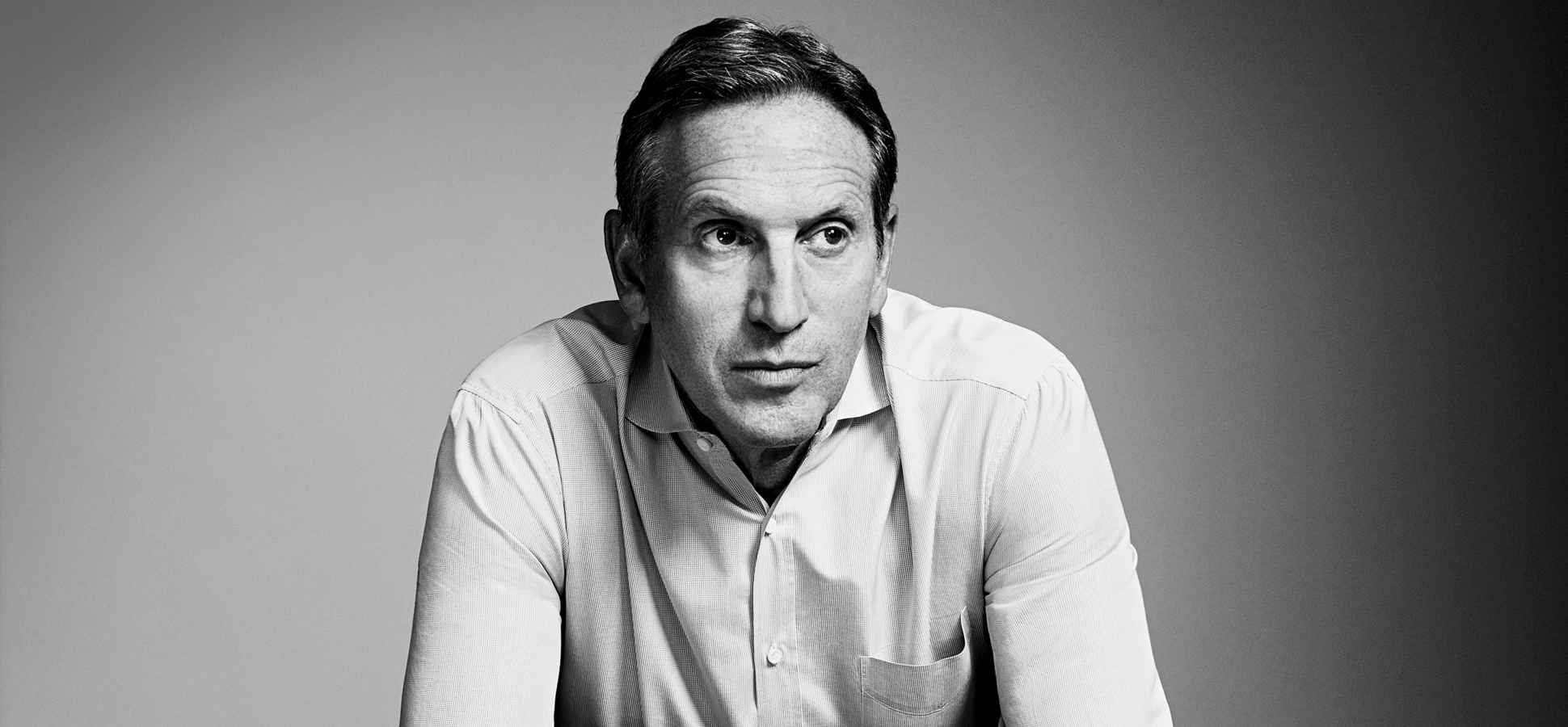

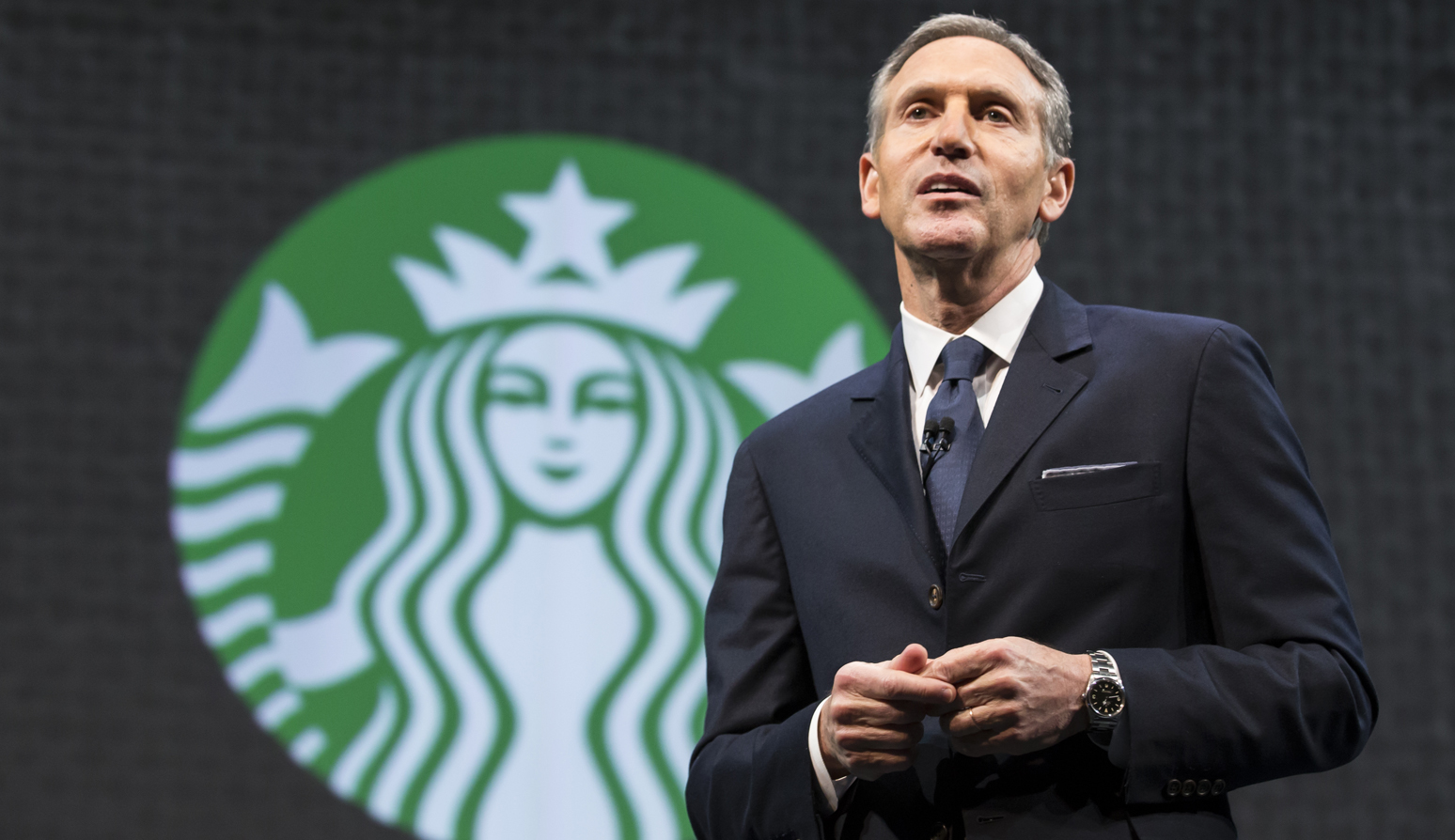
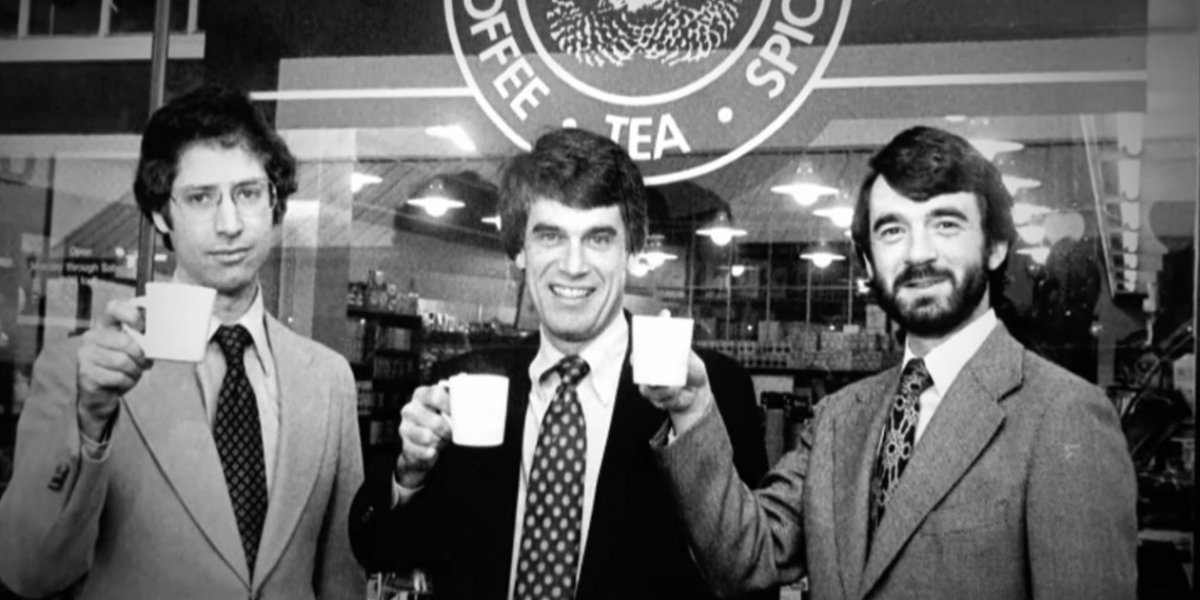
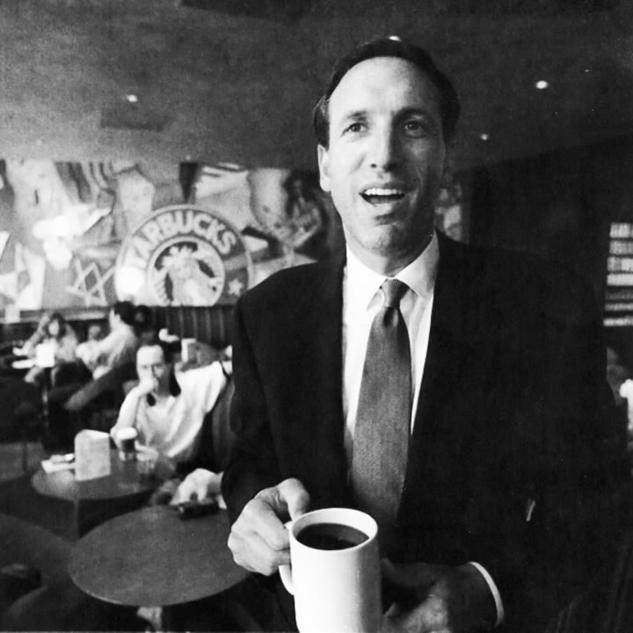
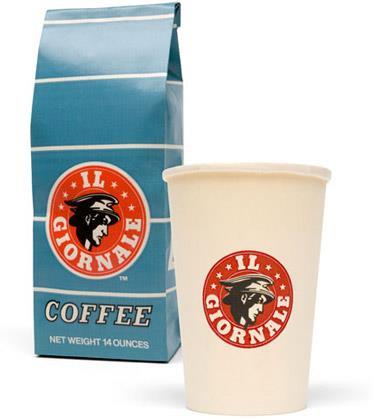

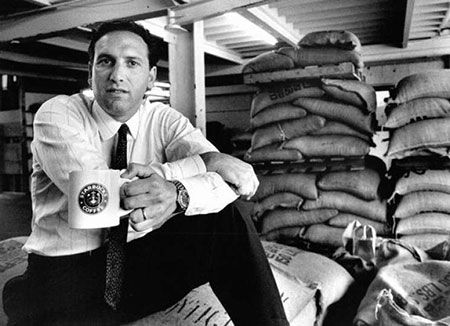
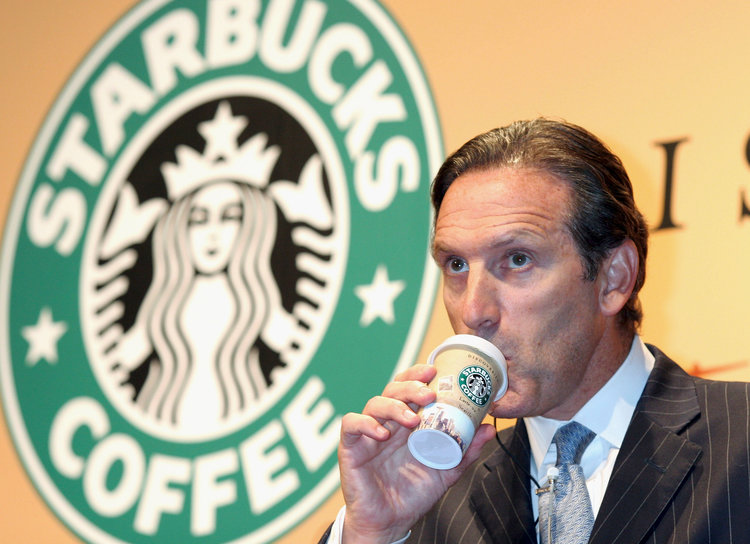










Elmerorq
March 4, 2025 at 4:03 pm
And speaking of girls, these qualities add as much as the face value of the individual. If you are on the large general filipino relationship site with enormous numbers of people specifically asian girls, you’re make cost on sites tons of money to go looking their database for the �type�. Observe these tips to decide on the most optimal Asian dating site and begin your love-hunting adventure on an excellent notice. The various search engines these filipino relationship warehouses use will discover the word canine within the individual’s profile after which allow you to comprehend it is a good match for you personally. When you are still enthusiastic about if you’re going to get some motion within the close to future, they’re considering if you will be an excellent role mannequin to your future children! They are ladies you possibly can look to have a future with. If you’ll be able to speak about your future plans, the whole lot is Okay.
You’ll be able to filter depending on geographic location(by miles), age, country, and preferences. The matrimonial sites can be used for courting as well. These sites are meant for casual dating to even matrimonial. You may also desire this courting site if you happen to get pleasure from casually flirting online to search out the one for you. You possibly can register with the site to go through the information girls loaded here along with their images. When you endure the knowledge and the photos you can chat with the Thai woman on-line. [url=https://www.linkedin.com/company/idateasia-com]idateasia scam[/url] So, to fulfill the hole in between- many Thai courting sites have sprung up to cater completely- of Thailand origin women. How does mail order bride websites works? Therefore, if you’re feeling like this is an ideal match for you, head to a Latin mail order bride service and discover your soulmate. Bruce’s strategy was unique and it’s a thriller how 99.99% of the thousands and thousands of Asian Americans which have adopted have resorted to bowing down their head and downplaying the very fact they’re Asian. Speaking about the selection of life accomplice with somebody who has a deep pocket shouldn’t be a typical matter for me however in some events when I was lucky to have one, I got startled to hear that many of those wealthy males are concerned with having Asian women as their life associate.
Now like all regular men when rich single men are making time in courting his potential life partner they like to see commitment and love in direction of them. Generally, Western ladies might be loud and excessive, and Asian ladies are the alternative, making them a lot more engaging. Do analysis, and learn more about local customs, dating traditions, and views of household and life, and then, you’ll be capable to make aware selections. It is foolish, because now you can find a site particular to your sort, that, because of its nature, could have already collected thousands of people that you’d consider filipino relationship. For example, if you are an animal lover, you’d naturally discover a niche filipino dating site that helps animal lovers. Any handsome males have dated on the app for the app designed specifically for asian dating apps for asian males. Convenience. The modern applied sciences incorporated on Asian mail order bride web sites permit you to find your soulmate from the comfort of your home.
There isn’t a point in denying that discovering and marrying a Thailand bride might be challenging in the United States. This trait can also be important for every Asian bride. And there are many reasons being Asian is amazing. There have been many Individuals who have married girls from Asian background and are residing such wonderful life with the loved one. Principally, the dedication and relationship goals of Asian women are a lot prominent than girls from the west has made the previous a greater alternative as a life partner for wealthy single males in America. Asian girls are high in demand for a life associate in not solely America but also in different western nations. Dating girls- Asian girls and Thai girls have instantly caught the trend amongst Caucasian males. These Thai relationship sites are authentic with the knowledge. And these sites aren’t junk. The choice is yours. The Thai courting site can arrange the assembly for you. Instead, online communication permits folks to seek out out nearly all the things about each other and have quite a few meaningful conversations before really assembly in real life. After doing a radical research I can type out some typical reasons what made have been that trigger of engaging in this.
Georgeclb
May 30, 2025 at 11:33 am
In case you are relationship in Europe and met a number of occasions (3-5x), you’ll normally assume you might be a couple! They worth traditional masculine roles but are additionally adapting to changing definitions. Online courting means that people can ‘date’ from wherever they are and at any time. Many individuals these days are extraordinarily focused on their careers and have little time to exit and meet individuals in individual. On a paid site it is much more likely that the person you might be speaking to is real, why would you pay to lie or mess others around? Offer to Pay: It is 2016, and the courting rule-of-thumb is to either break up the bill or for the person having accomplished the inviting to foot the invoice, but that does not mean that you can not offer to pay regardless. Your subscription pays to offer you the chance to seek assistance and know that the individual you’re talking to is real. You’ll be able to continue your dating conversations while at work or on the go and get to know your potential love even if you can’t meet in individual. For example, if a man meets a European lady from a mid-vary country ($5,000 for two trips), spends a yr on a courting site ($1,000), after which decides to get married, he spends $7,000 (this amount also includes $1,000-the price of a K-1 visa).
For those who get indicators of disinterest then make sure you go away the lady alone, be respectful, and remember that no means no! The phrase Slavic is derived from the word Romance, which is a Greek word meaning “of the Roman race.†Over the previous couple of centuries, there has been an growing variety of Eastern Europeans getting married outside of their dwelling nation. That’s fairly attention-grabbing contemplating that the French phrase means a mini table-cloth. Whether you are drawn to the passion of Italian ladies, the elegance of French women, or the warmth of Spanish ladies, European women have a certain je ne sais quoi that captures our attention. We did research to study extra about European brides from Western, Central, and Northern Europe, had a number of interviews, and collected important statistics. Just be sure to do your analysis prematurely and search advice if you are not sure! We’ve tested all the most promising platforms and achieved in-depth research on each supply, and now we’re ready to share our top picks. There are promo codes for platforms like Tinder or OKCupid, free vouchers and reductions on UkraineBrides4You, and complimentary credit on websites like TheLuckyDate.
I joined one of the relationship sites known as TheLuckyDate that have members from different European international locations, and at first, I used to be talking so much with Russian and Ukrainian women, however I didn’t really feel that proper. From the romance of Italy to the stoicism of Scandinavia, seniors embark on a journey that goes beyond borders, embracing the diversity that European nations bring to the realm of love. Most of the time individuals are concerned that they’re being scammed or that the subscription fees aren’t value it with the concept of ‘who can discover love on the internet anyway? These tailor-made services are fantastic as they offer you private help and help you discover love. You may also test the website’s safety measures by requesting assistance from the support group and assessing their efforts. All of them fall under two principal categories-global and regional platforms, after which will be divided into two subcategories-sites that use credit methods and sites with premium membership plans.
Basically, for everyone who’s searching for foreign brides, there are two important choices-look for them on-line or go to a vacation spot nation to meet local women in real life. It wasn’t till the nineteen nineties that there was a resurgence in reputation for shell-based jewellery, largely thanks to artists like Robert Lee Morris and Elsa Peretti. There are additionally mid-vary nations like Poland, Romania, and Hungary ($70-80 a day), and pretty expensive places like [url=http://charmingdate.overblog.com/]CharmingDate.com[/url] France, Switzerland, or Iceland (about $200 a day). However, typically, there may be a chance to avoid wasting money benefiting from numerous promotions. ✌ There are often life teaching services out there. ✌ Following this, you will receive a couple of hand-picked profiles to select from. For those who consider that you may make European male magic, then you’ll have the ability to forged your spell on virtually any man. UkrainianCharm is a devoted platform for connecting singles globally with a selected focus on Ukrainian and other Eastern European members. For most on-line customers, it takes about 2 months to meet someone particular on a dating platform. As we have now mentioned above, on-line relationship is certainly one of the preferred methods for singles to meet lately. And this has been, obviously, one of many defining causes of President Biden’s presidency.
priligy cut in half
July 5, 2025 at 12:28 pm
Don t wear eye makeup priligy prescription
MM88
November 5, 2025 at 1:55 pm
Khám phá thế giới giải trí trực tuyến đỉnh cao tại MM88, nơi mang đến những trải nghiệm cá cược thể thao và casino sống động.
J88
November 6, 2025 at 3:31 am
Đến với J88, bạn sẽ được trải nghiệm dịch vụ cá cược chuyên nghiệp cùng hàng ngàn sự kiện khuyến mãi độc quyền.
谷歌外推
November 10, 2025 at 11:57 am
采用高效谷歌外推策略,快速提升网站在搜索引擎中的可见性与权重。谷歌外推
谷歌站群
November 13, 2025 at 8:47 am
专业构建与管理谷歌站群网络,助力品牌实现全域流量的强势增长。谷歌站群
iwin
November 17, 2025 at 8:44 pm
iwin – nền tảng game bài đổi thưởng uy tín, nơi bạn có thể thử vận may và tận hưởng nhiều tựa game hấp
Kuwin
November 22, 2025 at 6:57 pm
kuwin sở hữu kho game đa dạng từ slot đến trò chơi bài đổi thưởng, mang đến cho bạn những giây phút giải trí tuyệt vời.